We look past the smoke and mirrors to reveal exactly what happens to unsold inventory at car dealerships, and how you can benefit from it.
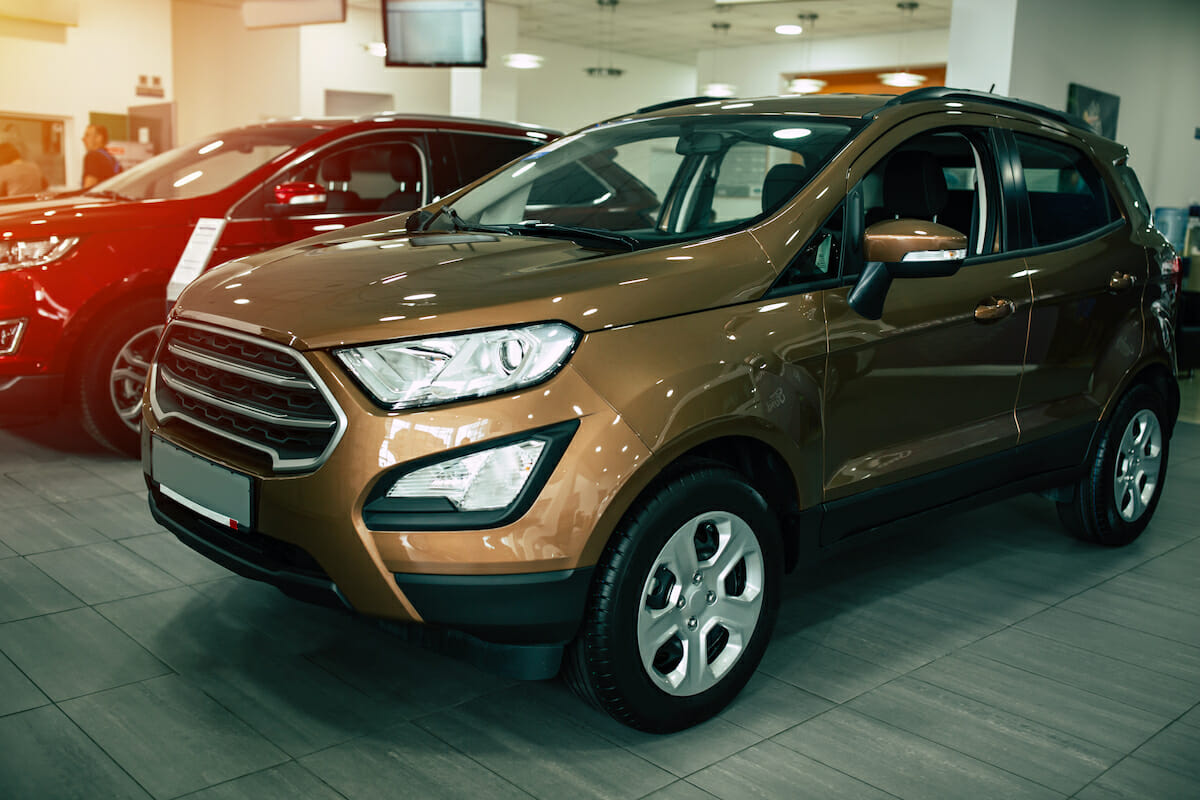
There is a ubiquitous saying in the car dealership business: “There’s an ass for every seat,” This, of course, references that no matter how unappealing a vehicle might seem, someone out there thinks the opposite. However, it can take a long time for the former to meet the latter, leaving the dealer with an “old-age” unsold car.
So, what happens to unsold cars? New and used unsold cars are typically paid for and owned by their respective dealers, so they can’t be “returned.” In most cases, the price gets incrementally lowered until the unit finally sells. Other times, dealerships must get a little crafty to move their aged inventory.
Here, we’ll look past the smoke and mirrors to reveal what dealers do with their unsold inventory. We’ll then cover how buying an unsold car can benefit you and how to tell if a unit is actually what dealers term “old-age” or if you’re falling for a clever sales tactic.
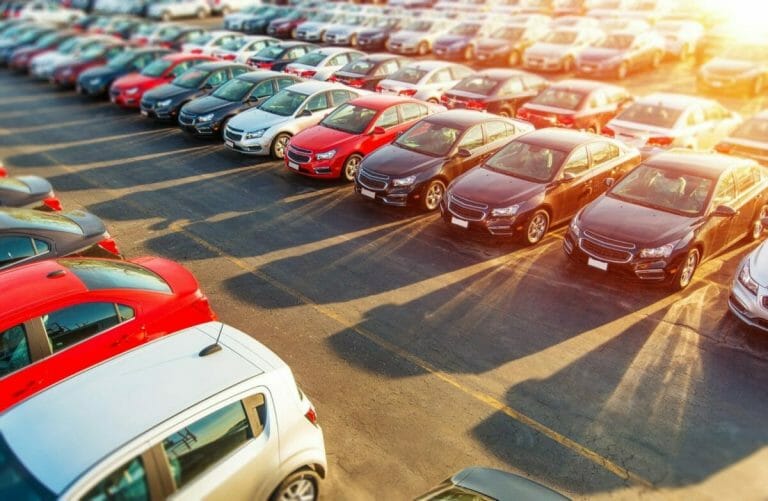
What Happens to Unsold New Cars?
New car dealers buy their inventory from the manufacturer at a discounted rate and then attempt to sell them for a profit. Without enough inventory, dealers can’t fill the needs of their customers, and with too much, they end up with older unsold cars.
The year 2019 was a particularly troublesome one for surplus stock, with Auto News reporting nearly 4.2-million unsold vehicles by April of that year. David Hult, CEO of Asbury Automotive Group, mentioned that “Space is absolutely an issue, and we’re bursting at the seams.” However, that’s nothing compared to the 2009 recession, when sales fell around 13%, a 27-year low.
To help dealers move more metal, automakers provide region-exclusive incentives (rebates) to help entice shoppers. Rebates come and go, with some being available to most buyers and others carrying certain prerequisites (military discounts, trade-in assist, special financings rates, etc.).
If too much time passes, the rebates will eventually get pulled altogether, meaning a vehicle that one day has up to $5,000 off can drop to $0 overnight. Dealers hope to avoid this at all costs, as the only way to make up the difference is to discount it greatly, or take it as a loss.
Keep in mind, this only factors in the profit between what each unit is bought for and what they sell for, as service contracts and trade under-allowances can easily make a loser deal profitable (more on this later).
Dealers can usually do what’s known as a “dealer trade,” which — as its name implies — is where one dealer trades with another. If a customer finds a model they like, but it’s missing a few must-have features, a dealer can locate the perfect match and send a courier to get it (usually within a 500-mile radius).
If a specific unit hasn’t seen much interest in the first 180-days or so, trading it for something fresh isn’t much more complicated than picking up the phone and making a quick call. However, some units are more challenging to trade than others, so in rare cases, a dealer trade may not be an option.
The other option a dealership has with an unsold new car is to literally buy it from themselves (usually further incentivized by the manufacturer) and then enter it into their rental fleet for use as a service loaner. The day they do so, the vehicle’s warranty starts, and the “in-service” date gets registered.
Once these hit the 25,000-30,000 mile-mark (a year or so later), they’re usually sent to the pre-owned side of the lot and marketed as one-owner, low-mileage units that are still under warranty.
Speaking of used cars…
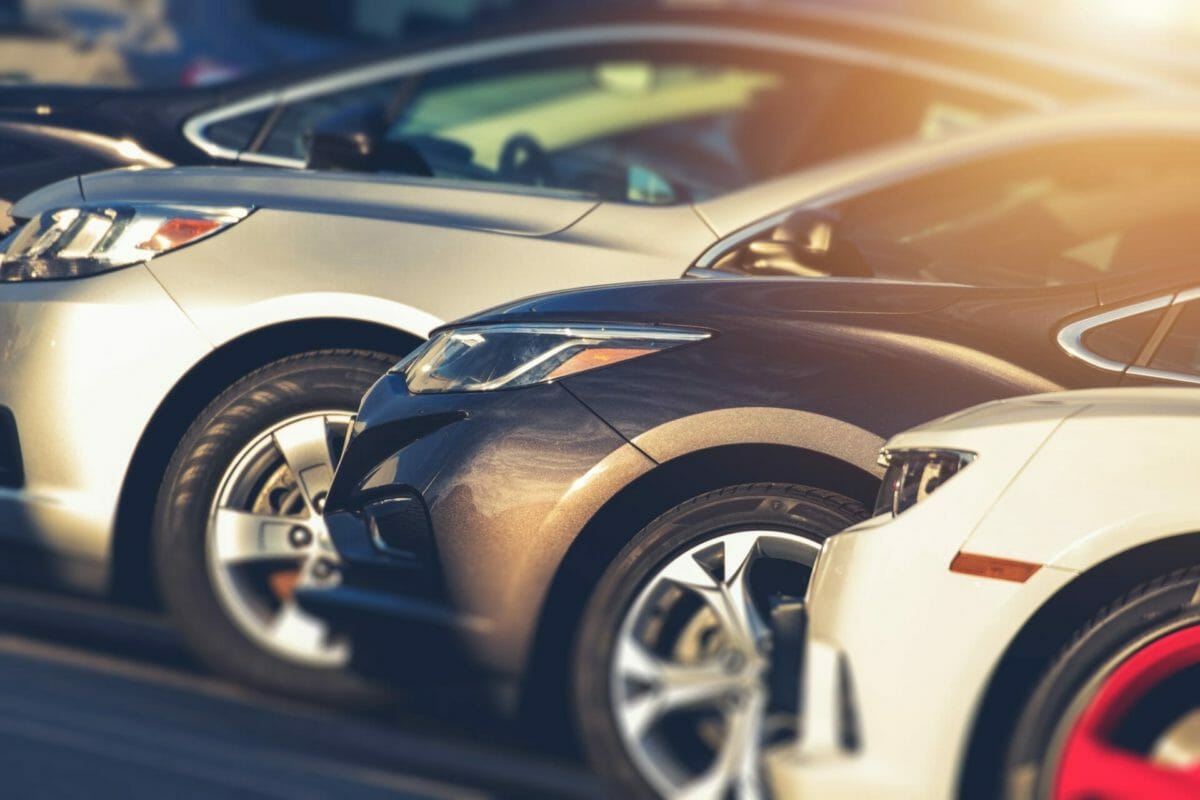
What Happens to Unsold Used Cars?
Dealerships acquire used cars from several sources, including trades, auctions, lease returns, or consignments, as well as from walk-in traffic looking to sell outright.
Instead of worrying about rebates expiring before a vehicle can sell, used car dealers have “depreciation” to consider. Pre-owned car prices fluctuate from one month to the next, usually depending on vehicle type, customer perception, the price of oil, and more.
If too much time passes, a model that was once worth $20,000, can easily drop $3,000-$5,000 or more over the course of 6-12 months. Trucks, large SUVs, and luxury models tend to be the most volatile.
Dealers have a lot of options when it comes to unloading their unsold used cars. One of the most effective strategies — incentivize the sales department. I’ve personally landed a hat-trick (three cars sold in a single day) on a busy Saturday when the dealership put out a $2-per-day old-age bonus. One dealer in Alaska I sold for turned 150 old-age units into less than 20 in just two weeks by offering a $300-$500 bonus on each (180+ days old to qualify).
Another common way for a dealer to sell an unsold used car is to cheap sell it. Buying a used vehicle listed below its Kelley Blue Book or NADA Guides values is a big selling point for customers. Not only does it make the payments lower, but it helps with bank approvals as well.
If enough time passes (90 days or so) and a unit hasn’t received much interest, dealers can also trade it with another location in their group. For example, if a dealer group sells Ford models at one location and Dodge at another, they may trade so that each ends up with its respective franchise.
The last option used car dealers have to get rid of unsold cars is to sell them at auction, a task usually handled by the used car manager. Auctions are often only available to those with a dealer’s license and typically run once or twice a week, with most offering online bidding as well. There’s a lot of competition when buying at auctions, so while they’re a good source for fresh stock, most units cost more than an equivalent trade-in. On the flip side, selling a car at auction frequently means selling it for far less than retail, likely closer to its “rough” trade-in value.
Now that you understand what dealerships do with unsold cars, let’s look at how buying one can benefit you.
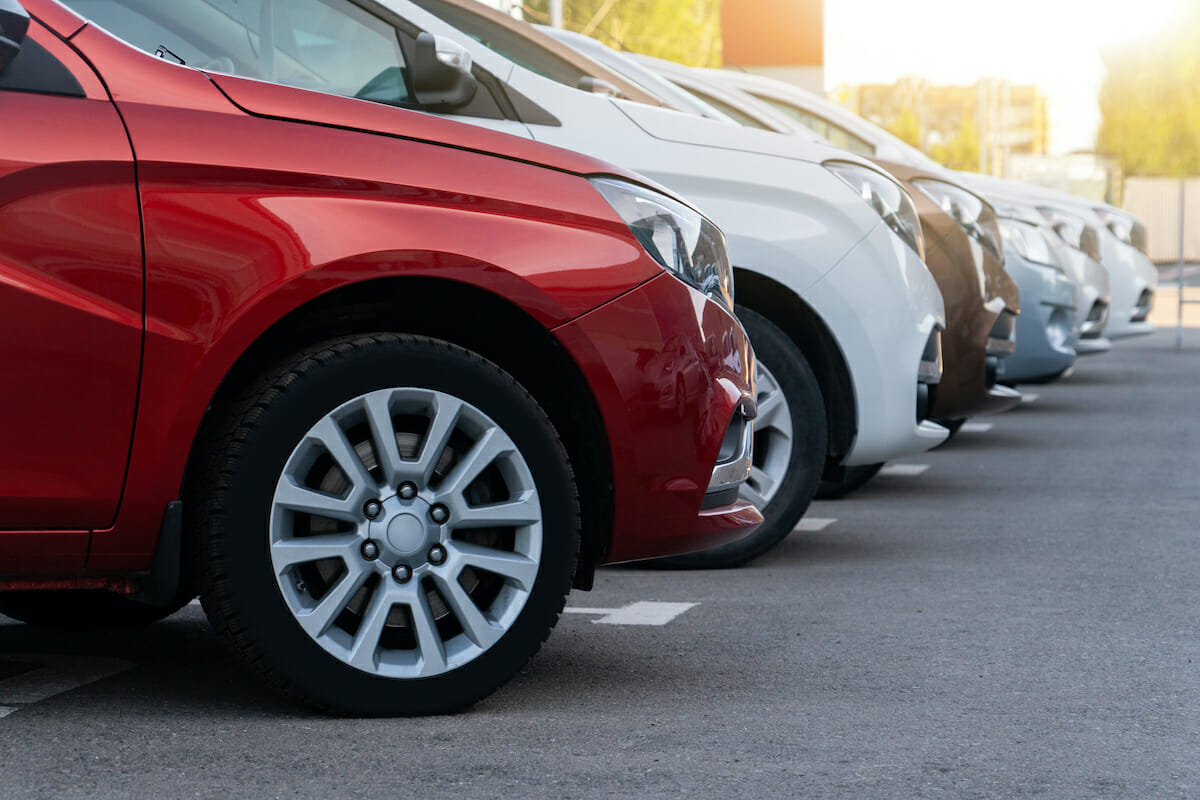
Benefits of Buying an Older Car
Older Vehicles are ‘Usually’ a Good Deal
If you’re looking at an older unsold new car, it’s likely a good deal. Be sure to inspect the price breakdown, double-checking the rebates, dealer discounts, and applicable fees to make sure. Ask the dealer to structure a scenario on a current model as well to see how they differ, if the spread is minuscule, consider the latest model as its resale value will make up the difference.
Just remember that once titled, new cars are no longer new. So, if you buy a new model that’s already a year old, it immediately turns into a one-year-old used vehicle (albeit with low miles).
Unsold used cars are not always a good deal. Remember, dealers buy each unit at a certain price, recondition them, and then list them at or above their retail value.
As time passes, depreciation will reduce this spread. They may highlight how long they’ve had a unit, and mention it’s been reduced in price, but none of that means anything if they’re just trying to unload a bad purchase.
A model that’s been on the lot for more than 30-days, but less than 90 is your best bet. These they’ve given a chance to sell (meaning they should be open to negotiating), and the unit’s resale value should still be relevant.
Regardless, never buy a used vehicle without researching its values first. If the numbers aren’t as good as you’re being told, don’t fall for the dog and pony show.
Buying Used Older Cars Can Help Combat Inequity
Older unsold new cars can be a fantastic place to bury inequity if they’re truly a “good” deal. Being “upside-down” on a trade-in means you owe more than the dealer is willing to pay. Any leftover amount gets added to the loan balance of the new vehicle. If this spread is too great (usually up to about 120% of the new vehicle’s MSRP), banks won’t lend on it.
Since new cars don’t yet have values, banks go by the MSRP. If you’re $10,000 upside down on your trade, but the new model is $5,000 to $10,000 below MSRP, the structure should fall within lending guidelines. If instead, you land on a unit with little to no rebates ($500 to $1,500), the spread just isn’t there to make up the difference.
What’s more, if the equity position on your trade-in vehicle is keeping you from getting a car loan approved, unsold new cars that have been on the lot for three to six months or more are the best option to sway the lender’s minds. Why? Because manufacturers are usually offering their largest rebates and dealers are willing to negotiate (even more so if you’re shopping near the end of the month).
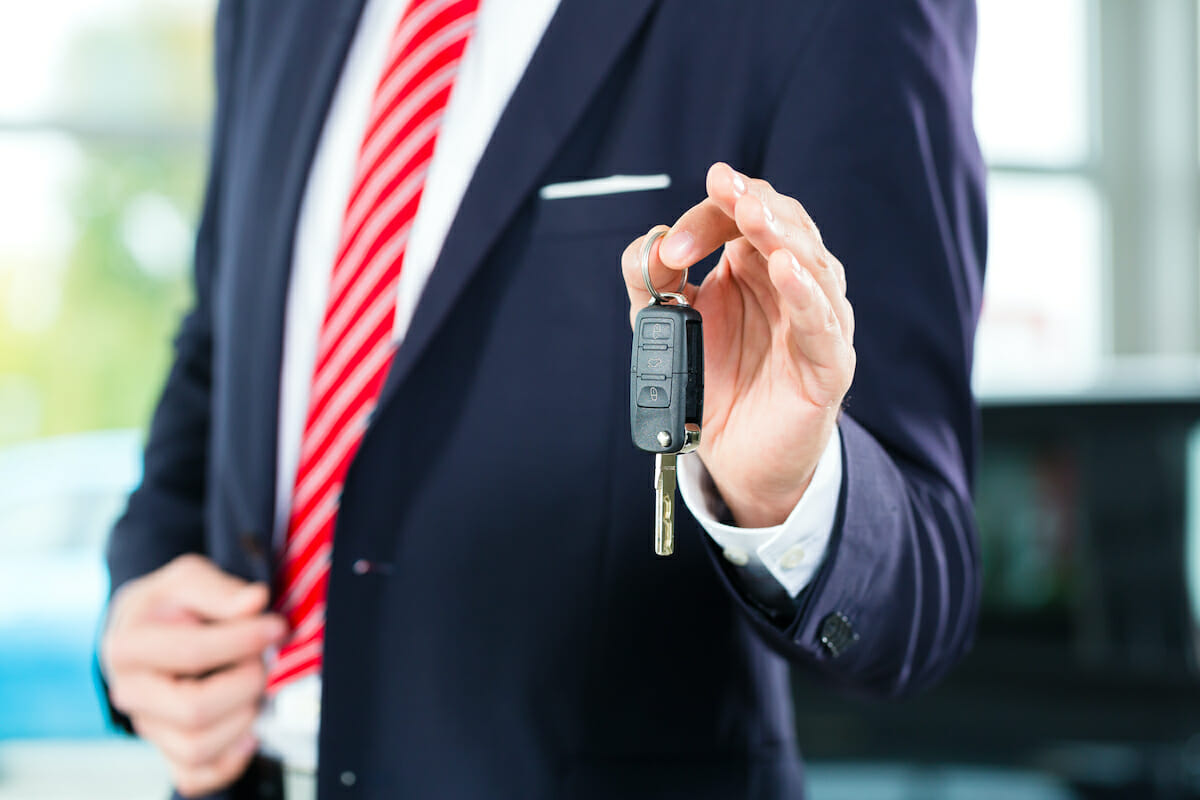
Don’t Fall for These Sales Tactics
Taking Less for Your Trade
There are two sides to a car dealership, the front end, and the back. The former includes the profit from the vehicle sold, any trades included on the deal, and accessories (running boards, auto start, window tint, etc.). The latter includes service contracts, inflated APRs, oil change packages, GAP, etc.
One of the most effective methods for making a profit on an old-age car is to “under allow” (UA) the trade. In this case, they determine a value for your trade and then give you less. So, if they internally mark its value at $10,000 but only give you $9,000, they scoop the extra $1,000 for the front end. Customers often are distracted by the razzle-dazzle of the “deal” instead of paying attention to the numbers.
Under allowances can be as much as $5,000, but $500 to $2,000 is more common. To take power out of the dealer’s hands by printing out the KBB and NADA values and using them in your negotiations while also getting a few estimates from other locations, and be willing to walk away.
Overpaying on the Back End
Then there’s the back end of a deal. When a dealer has a customer on an old-age unsold car, it is their main priority to push back-end products to make the deal profitable, from the moment the customer arrives. Some dealership managers can average about $3,000 on the back end. So, it’s not a question of if these tactics work, but more so if you allow yourself to fall for them.
One suggestion is to get your own financing before heading into a dealership, this will save you from paying for inflated interest rates. You should also buy your own GAP insurance through your automotive insurance provider for a savings of $200 to $500. As for the service contract, call around for estimates first so you don’t overpay.
Falling for a ‘Switch’ Vehicle
Cars that have had all the profit stripped are referred to in the auto dealership industry as “loss leaders.” Usually, these are new cars, basic models, with something off about them (color, manual transmission, last year’s model, no AC, 2WD, etc.). While it’s illegal to refuse to sell a loss leader, switching to another vehicle isn’t too difficult.
If you’ve done your research and found an old-age unsold car that’s also a “good” deal, don’t fall for the switch rig. The dealer’s goal is to find you something similarly priced that can be sold for a profit. So, while they might seem like they’re being “helpful,” they’re actually just doing their job.
Showing Up for a Price You Don’t Qualify For
One issue that may stir the ire of potential car buyers is showing up to a dealership and discovering that they are not eligible for an advertised price. The reason is usually because, $1,500 of that advertised price is “trade assist.” So, if you don’t have a trade, you don’t get the discount. The same goes for military discounts, senior incentives, bonuses for financing through the manufacturer, and more.
Read the fine print or call before heading in. Doing so could easily save you from wasting a trip to the dealer.
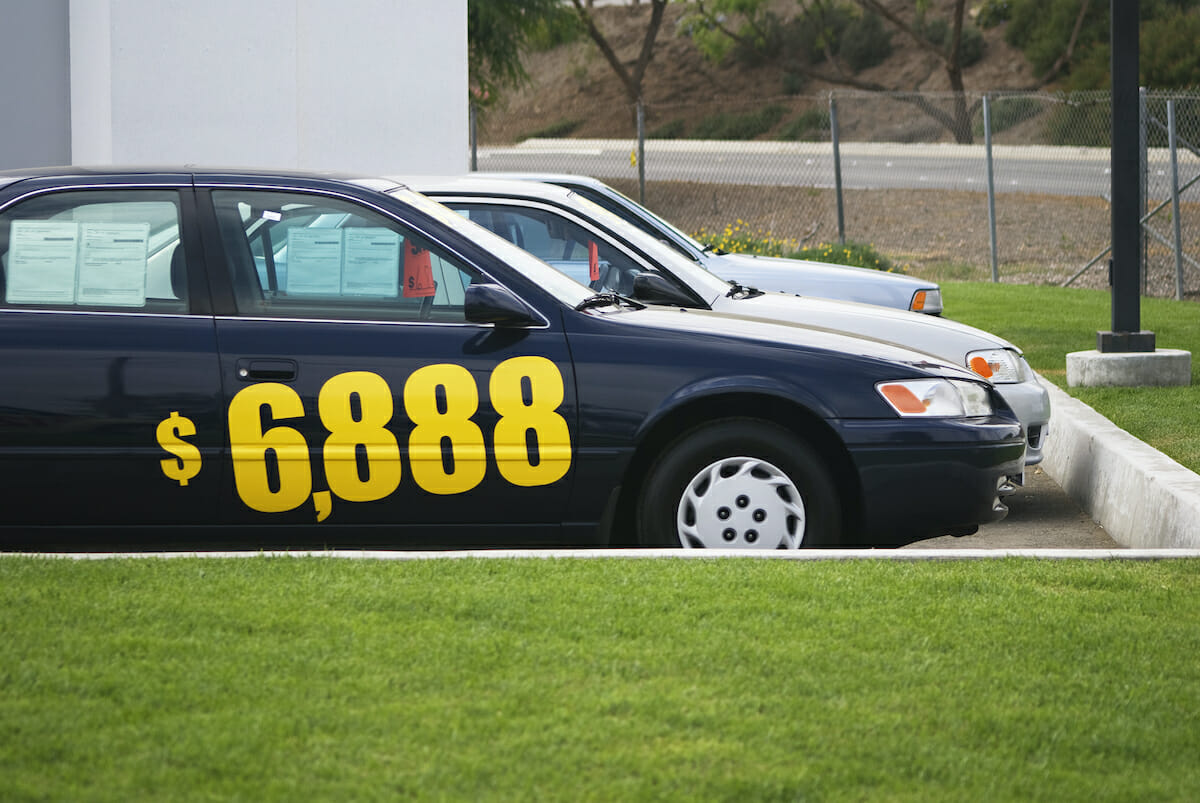
Do Your Research Before You Buy
Yes, buying an unsold car that’s been on the lot for a while can be a good investment, if you do your research first. Why hasn’t it sold? This should be the first thing you ask yourself — then, go hunting for answers.
If you have asked all the right questions and mulled over the considerations and then decide a car looks like a great deal, then go buy yourself that vehicle, just keep an eye out for clever sales tactics once you’re emotionally attached.
Regardless of how many cars you’ve bought in your lifetime, any given dealer has sold more, and for them, you’re a personality type they already know how to crack.
Dealers usually start discounting unsold new cars at about 90-days in. If traction has been minimal, they may start advertising it as an old-age unit to help gain some exposure. They can also trade it for another unit at another dealer (provided they accept). The main goal is to sell/trade it before rebates expire, at which point dealers have to either take a loss to sell it or literally buy it from themselves for use in their rental fleet.
Used models don’t have rebates that expire, instead, they have depreciation. If a dealer waits too long to sell an unsold used car, depreciation will eat up their margins. To get rid of unsold used cars, dealers usually advertise them as an “old-age” special that’s been greatly discounted. If all else fails, dealers can always take a used car that won’t sell to a dealer auction where it will go to the highest bidder (provided the minimum is met).
In the end, just keep this in mind: Retail automotive is still the wild west, and you’re unlikely to ever have one buying experience that matches another. The best bet is to do your research so you can show up prepared.
Photos: Deposit Photos
